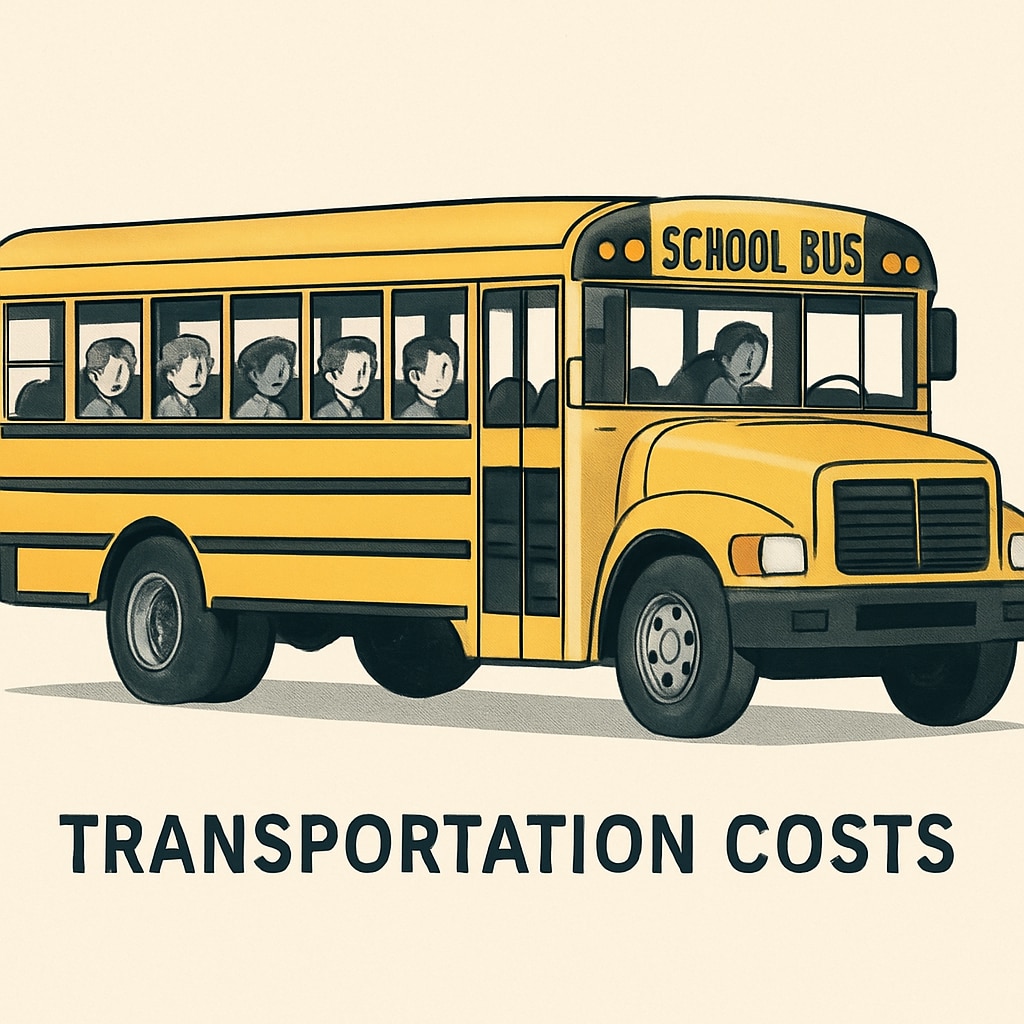Schools often face scrutiny over their financial management, particularly regarding “per student spending.” While this metric is widely regarded as a benchmark for assessing educational investment, the manipulation of funding, especially through transportation services, can distort its accuracy. By inflating figures in strategic areas, schools may appear to invest more in students than they genuinely do, raising concerns about equity and transparency in education budgets.
How Funding Manipulation Distorts Per Student Spending
Per student spending is calculated by dividing a school district’s total expenditures by its student population. However, this seemingly straightforward formula can be influenced by selective allocation of funds. Schools sometimes redirect budgets toward non-instructional services, such as transportation, to inflate their per student spending figures. While transportation is undoubtedly essential, disproportionate increases in these areas can divert resources away from classroom needs.

For example, a district may boost transportation costs by upgrading fleets or outsourcing services, creating the illusion of higher investment in students. In reality, such spending often has negligible impact on educational quality. This practice raises critical questions about the prioritization of resources and whether such manipulation undermines the true purpose of these statistics.
The Impact on Educational Resource Distribution
When funds are disproportionately allocated to areas like transportation, instructional resources, teacher salaries, and classroom supplies may suffer. As a result, students in underfunded schools face a lack of essential tools, negatively impacting their learning outcomes. This misallocation exacerbates existing inequalities, particularly in low-income communities where every dollar counts toward improving education quality.

Moreover, schools that manipulate spending figures may attract more funding or public support based on misleading data. This creates an uneven playing field, where districts that prioritize authentic educational investment struggle to compete. Transparency in financial management is vital to ensure fair distribution of resources across all schools.
Calls for Transparent Education Budget Management
To address these issues, policymakers and education leaders must advocate for greater transparency in school budgets. This includes setting clear guidelines on how funds should be allocated and ensuring external audits to verify spending practices. For example, organizations like Education Finance on Wikipedia and Education Overview on Britannica provide valuable insights into best practices for equitable resource distribution.
- Implement guidelines for balanced spending across instructional and non-instructional categories.
- Mandate regular audits to identify discrepancies in reporting.
- Encourage public forums for stakeholders to discuss budget priorities.
By adopting these measures, schools can ensure that per student spending reflects genuine investment in education rather than artificial inflation through funding manipulation. Transparency leads to trust, fostering a system where all students can benefit equally from available resources.
Readability guidance: This article uses clear language, short paragraphs, and lists to summarize key points. Active voice is prioritized, and transitions like “however,” “therefore,” and “as a result” are incorporated for better flow. Images are strategically placed to complement the topics discussed.


